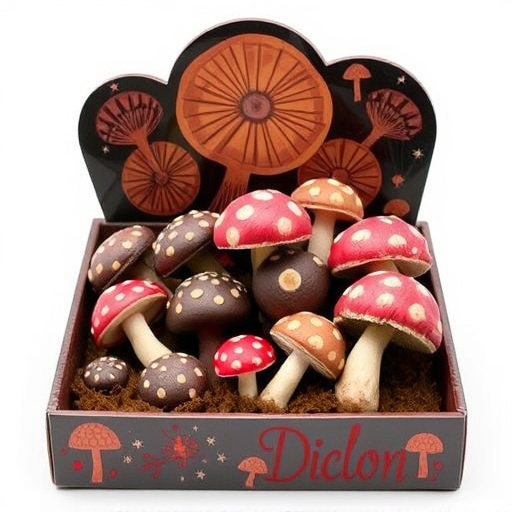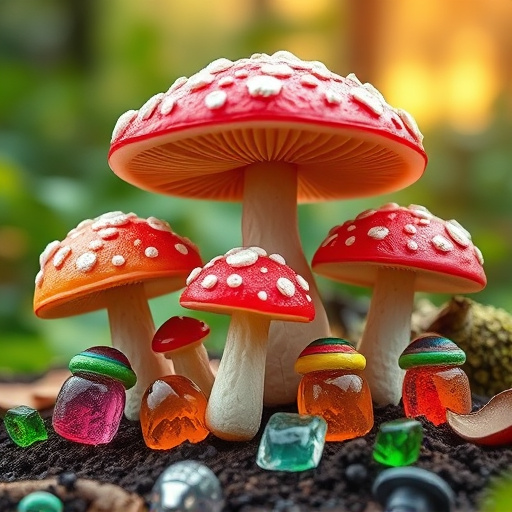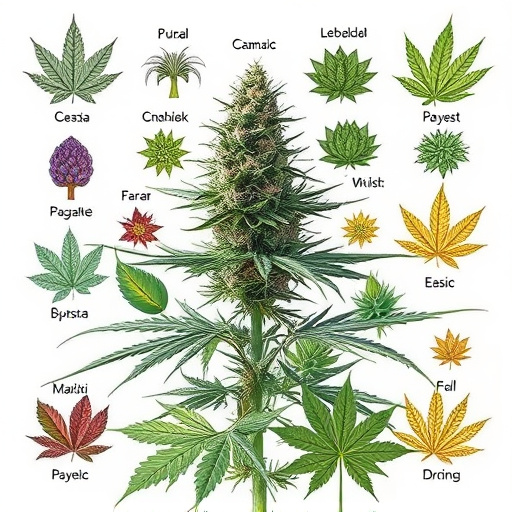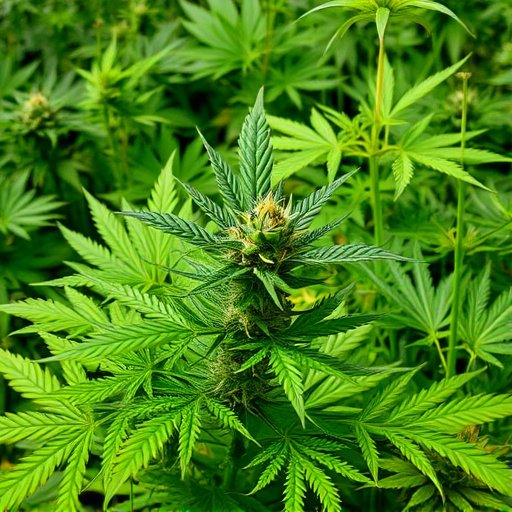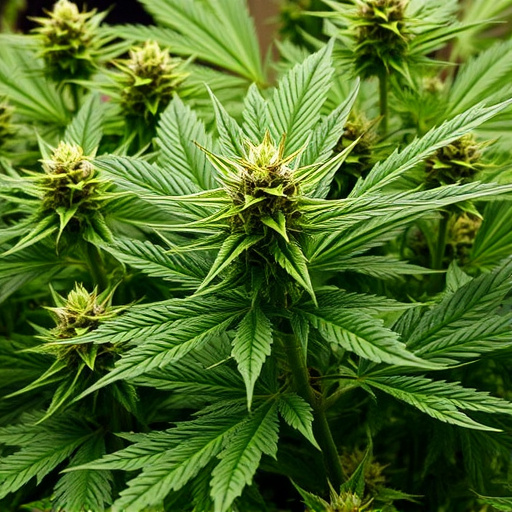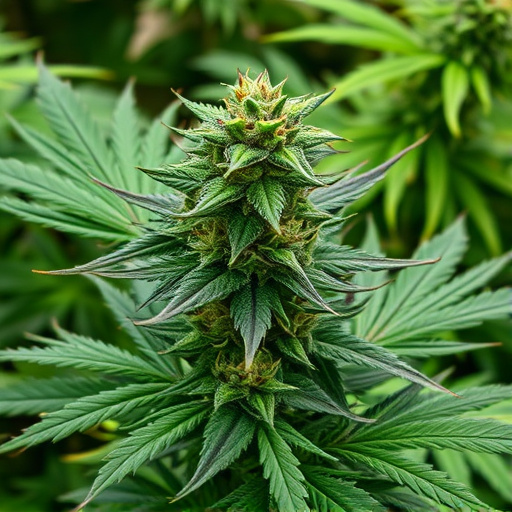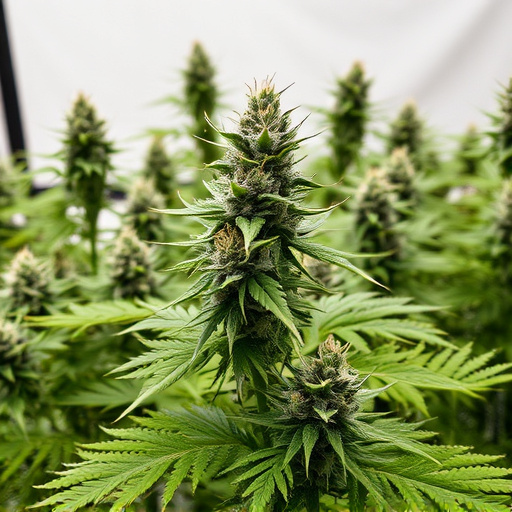The unique aroma of cannabis flowers is largely due to terpenes, volatile oils that contribute to the diverse scents and flavors across different strains of cannabis. With over 100 identified terpenes, each offering distinct properties, these compounds shape the overall cannabis profile, including potential therapeutic effects. Terpene types like myrcene, limonene, pinene, and linalool create a wide range of aromatic profiles, from fruity to woody and herbal, allowing users to select strains tailored to their preferences for both sensory enjoyment and targeted benefits. Environmental factors such as climate, sunlight, soil composition, and nutrients also play a significant role in shaping the distinct aromas of strains of cannabis.
Cannabis flowers are renowned for their distinct and potent aroma, which can vary greatly across different strains. This sensory experience is driven by a complex interplay between terpenes—volatile organic compounds—and other chemical components. Genetic variations among cannabis strains play a crucial role in shaping their unique scent profiles. Additionally, environmental factors during cultivation significantly influence the floral notes present in these flowers, contributing to the diverse and captivating scents we associate with this plant.
- The Role of Terpenes in Cannabis Aroma
- Genetic Variations and Scent Profiles Across Strains
- Environmental Factors Influencing Floral Notes in Cannabis Flowers
The Role of Terpenes in Cannabis Aroma
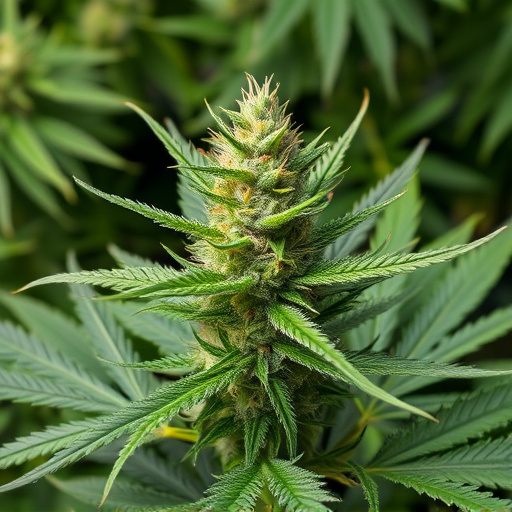
The distinctive aroma associated with cannabis flowers is largely attributed to a class of organic compounds known as terpenes. These volatile oils are responsible for the wide range of scents and flavors found in different strains of cannabis. Terpenes not only contribute to the unique smell but also play a crucial role in shaping the plant’s overall profile, including its potential therapeutic effects. Each terpene offers distinct properties, leading to various aromatic profiles within cannabis strains.
With over 100 terpenes identified in cannabis, they can be classified into several types, each imparting specific characteristics. For example, myrcene is known for its earthy and musky notes, while limonene provides a bright citrusy aroma. Pinene offers a piney scent, and linalool contributes floral and spicy nuances. The interplay of these terpenes in different strains results in diverse aromas, from fruity and sweet to woody and herbal, making cannabis an intriguing subject for both enthusiasts and researchers alike.
Genetic Variations and Scent Profiles Across Strains

The scent of cannabis flowers is a complex interplay of various chemical compounds, and one of the key factors contributing to this aroma is genetic variation. Different strains of cannabis have unique combinations of terpenes and cannabinoids, which are responsible for their distinct scents and potential therapeutic effects. These genetic differences result in a vast array of scent profiles within the plant species.
Each strain offers its own olfactory experience, ranging from fruity and floral notes to earthy and spicy nuances. For example, some strains may produce aromas dominated by myrcene, contributing to a musky or grape-like scent, while others might have high levels of limonene, evoking citrusy and uplifting fragrances. This genetic diversity allows cannabis enthusiasts and medical users to choose strains that align with their preferences, providing an enjoyable sensory experience and potentially tailored therapeutic benefits.
Environmental Factors Influencing Floral Notes in Cannabis Flowers
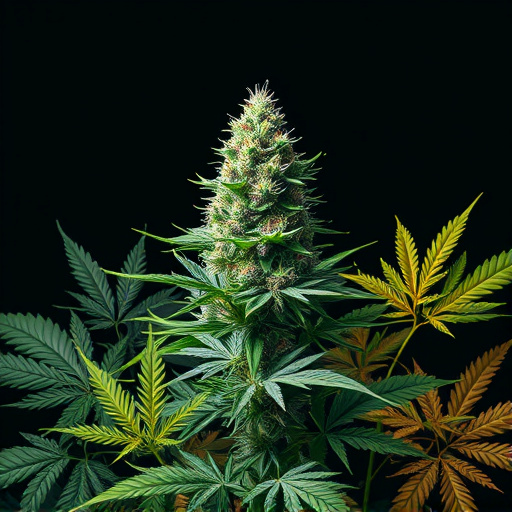
The floral notes of cannabis flowers are influenced by a variety of environmental factors, contributing to their distinct and sometimes potent aromas. These factors play a crucial role in shaping the unique characteristics of different strains of cannabis. The climate during the growing season significantly impacts the essential oil profiles produced by the plants. For instance, cannabis grown in regions with cooler temperatures often develops more robust and earthy scents due to increased terpene synthesis. Additionally, sunlight exposure is vital; adequate light promotes healthier plant growth, which can lead to more complex and desirable aromas.
Soil composition and nutrient availability also come into play. Different soil types offer varying levels of support for cannabis plants’ essential oil production. Well-balanced soils rich in organic matter tend to encourage the development of more vibrant floral notes. Furthermore, the use of specific nutrients or amendments can manipulate terpene expression, allowing cultivators to create strains with specific scent profiles. These environmental variables collectively contribute to the diverse and often dramatic smells associated with cannabis flowers across various strains.
Cannabis flowers emit potent scents due to a complex interplay of terpenes, genetic diversity, and environmental conditions. Terpenes, organic compounds known for their aromatic properties, contribute significantly to the distinct smells of different strains of cannabis. Environmental factors like temperature, humidity, and growing practices also play a role in shaping the floral notes. Understanding these elements helps cultivators refine their techniques and consumers appreciate the diverse aromas offered by various strains of cannabis.
